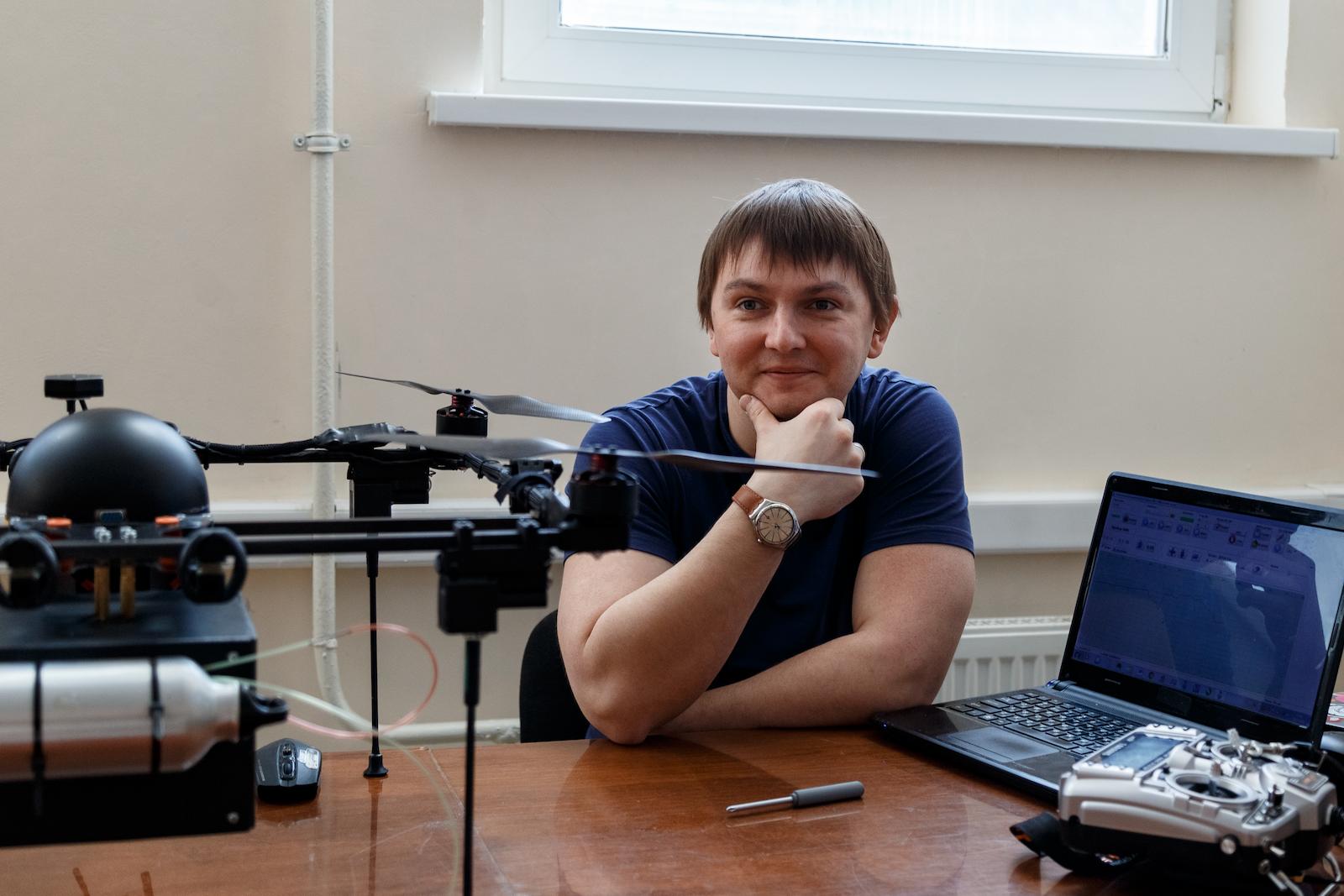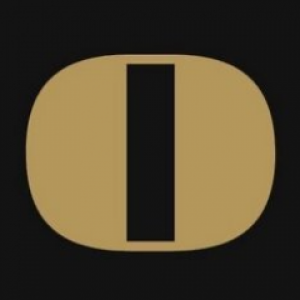A year and a half ago a project of the first in Russia agricultural carbon landfill “Agro Engineering” was approved by the Ministry of Education and Science of the Russian Federation. The Samara University became its operator, around whom a consortium of leading universities in the region and specialized institutes of the Russian Academy of Sciences united. Multidisciplinary research, which has been conducted in the Samara region since 2021, has received state support. In an interview with the publication, the curator of the project, Candidate of Chemical Sciences, Associate Professor of the Department of Chemistry at the Institute of Natural Sciences and Mathematics of Samara University Vladimir Platonov, told about the first scientific and practical results of experiments within the framework of the landfill and plans for the development of this area.

— What is the role of the Samara carbon landfill in the development of the chemical industry of the province and the country as a whole? Why is there a need for this project?
— Widespread reduction of carbon emissions, decarbonization — today this is one of the key trends in the economic policy, and indeed the whole world. Scientists are working on methods for quantifying the carbon footprint in production, measuring carbon emissions and uptake by various ecosystems. For this purpose, special research sites are being opened — carbon landfills.
Very soon, Russian export products will face barriers according to the criteria of carbon neutrality. That is why our country needs its own national carbon footprint calculation system and the MRV protocol (the process of measuring the amount of carbon emissions that are reduced as a result of certain measures over a selected period of time. — Editor's note). We must also monitor changes in soil organic carbon reserves and greenhouse gas emissions. To create a carbon quota market, we need a network of carbon landfills covering all ecosystems of the country. In agriculture, decarbonization goes hand in hand with the paradigm of soil conservation and resource-saving agriculture, which is often referred to as carbon farming. The Samara region has long been one of the leading research centers on this topic.
The scientists of the region have contributed to the fact that the first Russian carbon landfill of agricultural orientation appeared here. The key goal of the project was previously outlined by the Rector of our University, Vladimir Bogatyrev: “The project on creating the agricultural carbon landfill is of strategic importance for achieving carbon balance, saving the potential of soil fertility, reducing food risks, strengthening Russia’s position in the international market of low-carbon products, and preserving the nation’s health.”
— What is the interaction with universities of the Samara region in the implementation of this project? Who initiated it?
— Lyudmila Orlova, Candidate of Economic Sciences, President of the NP “National Movement of Conservation Agriculture,” initiated the creation of a carbon landfill. The project is based on the idea of developing integrated agricultural nature-like technologies that allow for the recovery of soil carbon with minimal tillage. The project combined the competencies of three universities in the region: Samara University with technologies for remote monitoring of soil carbon using hyperspectral cameras and greenhouse gas monitoring, Samara State Agrarian University with extensive experience in developing agricultural technologies and Samara State Medical University with expertise in analyzing the microbiological composition of soils. The combined efforts and achievements of the three institutions of higher education in the province have had a good effect. In 2024, thanks to the support of the Ministry of Science and Higher Education of the Russian Federation, a climate research laboratory was established and equipped with modern analytical devices. When analyzing the potential of the studied soils, it was proved that in three years the use of conservation agriculture on an area of 1.8 thousand hectares can reduce about 41 thousand tons of carbon dioxide relative to traditional tillage.
— What kind of work is currently underway for the development of the carbon landfill?
— The team of the Agro Engineering carbon landfill has two tasks. The first is to study the carbon balance and find the most effective methods for sequestering carbon in the soil (the process of absorbing and storing carbon dioxide from the atmosphere. — Editor's note) and reducing the carbon footprint of products. The second goal is to learn how to effectively manage the carbon cycle and photosynthesis using biological methods. Today, methods of remote monitoring of greenhouse gas emissions and runoff are being developed. The effect of various types of fertilizers on emissions of these gases is being studied, and optimal rates of their application are being determined. The data obtained will form the basis of a mathematical model that allows us to adequately assess the dynamics of greenhouse gas emissions in the conditions of the Volga Federal District, and then this model will be adapted for other types of agricultural soils in Russia. This groundwork will allow the development of a prototype of the national MRV protocol for measuring, monitoring and verifying changes in soil carbon stocks with the possibility of calculating carbon credits for their sale on the carbon market. In parallel, the study of the soil microbiome and its carbon asset is underway, standards for microbiological studies of soils are being developed. Technologies for remote monitoring of agricultural soil quality, equipment for assessing greenhouse gas fluxes are being tested, and an algorithm for microbiological assessment of soil “health” is being created in order to further minimize the necessary rates of application of mineral fertilizers and plant protection products, reinforcing them with a complex of modern microbiological fertilizers.
— What are you planning to do in the next few years?
— By 2026, we plan to introduce a set of devices and methods that will reduce the cost of implementing climate projects in the agricultural sector tenfold. We also present a set of agricultural technologies that allow cultivating the soil and harvesting while preserving soil carbon. Currently, certification of devices and methods for direct and remote (using UAVs and satellite data) soil quality control and validation of climate projects is underway. Technologies for creating microbiological fertilizers created from endemic microflora will be tested to increase carbon sequestration by the soil. Practical recommendations, advanced training courses and new training programs have already been developed for the implementation of agricultural practices of environmental resource-saving agriculture.
— What digital solutions have been implemented at the landfill sites?
— A modern remote measurement and monitoring system is one of the key elements of a carbon landfill. Its advantage is efficiency, the ability to regularly and in detail explore large areas, and it costs less than manual sampling. This is what is necessary for the implementation of agricultural producers in the organization of the carbon market. Soil sampling was initially performed using satellite hyperspectral data using vegetation activity indices. Now neural network technologies are used for this. Software and hardware complexes have been developed that make it possible to emit greenhouse gases from the soil in the field.
— What contribution do its industrial partners make to the operation of the landfill? Is there any support for the project from the authorities?
— A powerful scientific consortium has formed around the Samara carbon landfill, in which each participant contributes to the common cause. The main research site is 4629 hectares of fields of the Orlovka AIC experimental farm in the village of Stary Amanak in the Pokhvistnevsky district, where No till technologies have been introduced. Specialists of the National Movement for Conservation Agriculture work here, and soil scientists from Russia's leading scientific centers and academic institutes also participate in research.
The total amount of funding for 2024–2025 is 269.7 million rubles, of which 129.8 million rubles are allocated by the federal budget,139.9 — non-budgetary funds of industrial partners. The consortium of participants has expanded. In particular, a new industrial partner has appeared — the Shchelkovo Agrochem company, PhosAgro and Transneft Druzhba companies have shown interest in the project, and financing from industrial partners has increased.
For example, together with the united chemical company Uralchem, new types of fertilizers are being investigated as part of the carbon landfill, and devices and methods for analyzing soil quality and health are being improved. New farming technologies are also being developed jointly with industrial partners, which will further compensate for the carbon footprint of enterprises in the Samara region.
Source: oboz.info
 RU
RU  EN
EN  CN
CN  ES
ES 